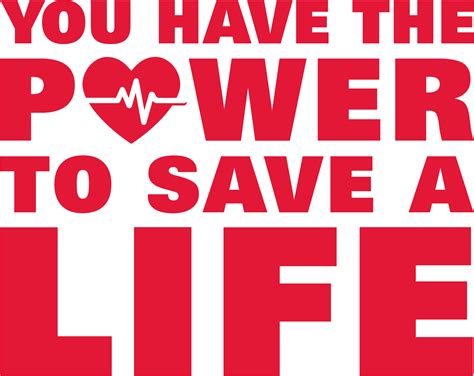How to Save a Life: A Guide to First Aid and Emergency Response
Saving a life can be a daunting prospect, but knowing the basics of first aid and emergency response can empower you to make a real difference. This guide provides crucial steps to help you in various life-threatening situations. Remember, this information is for educational purposes and doesn't replace professional medical training. Always prioritize your safety and seek professional help as soon as possible.
Assessing the Scene: Your First Step
Before approaching any emergency, ensure your own safety. Look for hazards like traffic, fire, or downed power lines. If the scene is unsafe, don't approach; call emergency services immediately.
Checking for Responsiveness
Once the scene is safe, gently approach the victim. Check for responsiveness by tapping their shoulder and asking loudly, "Are you okay?" If there's no response, proceed to the next step.
Calling Emergency Services: When to Dial 911 (or your local equivalent)
Call emergency services immediately if the victim is unresponsive, not breathing, or not breathing normally. Providing accurate information is crucial:
- Location: Be precise; include street address, landmarks, etc.
- Nature of the Emergency: Briefly describe the situation (e.g., "unresponsive person, not breathing").
- Number of Victims: Specify the number of people needing help.
- Your Name and Phone Number: Provide this information to the dispatcher.
Performing CPR: A Lifesaving Technique
Cardiopulmonary resuscitation (CPR) is a life-saving technique used when someone's breathing or heartbeat has stopped. CPR combines chest compressions and rescue breaths. While detailed instructions are best learned through a certified CPR course, here's a simplified overview:
Chest Compressions
- Position: Kneel beside the victim.
- Hand Placement: Place the heel of one hand on the center of their chest, and place your other hand on top, interlacing your fingers.
- Compression Depth: Push hard and fast, compressing the chest at least 2 inches deep.
- Compression Rate: Aim for a rate of 100-120 compressions per minute.
Rescue Breaths (Mouth-to-Mouth)
- Head Tilt-Chin Lift: Gently tilt the victim's head back and lift their chin.
- Pinch Nose: Pinch the victim's nose closed.
- Seal Lips: Seal your lips around their mouth, creating a tight seal.
- Breath: Give two slow breaths, watching for chest rise.
Note: Hands-only CPR (chest compressions only) is also effective and easier to learn for those who aren't comfortable with rescue breaths.
Controlling Bleeding: Stopping the Flow
Severe bleeding can be life-threatening. Controlling the bleeding is crucial:
- Direct Pressure: Apply direct pressure to the wound using a clean cloth.
- Elevation: Elevate the injured limb above the heart if possible.
- Pressure Points: If direct pressure isn't enough, consider applying pressure to major pressure points. (Learn proper pressure point locations through a first aid course.)
Choking: Clearing an Airway
If someone is choking, immediate action is critical. The Heimlich maneuver is used to dislodge an object obstructing the airway. (Learn proper technique through a certified first aid course).
Conclusion: Be Prepared
Knowing basic first aid and emergency response techniques can be invaluable. Take a certified first aid and CPR course to learn these skills properly. Remember that being prepared and acting quickly can significantly increase the chances of saving a life. Your actions can truly make a difference.
